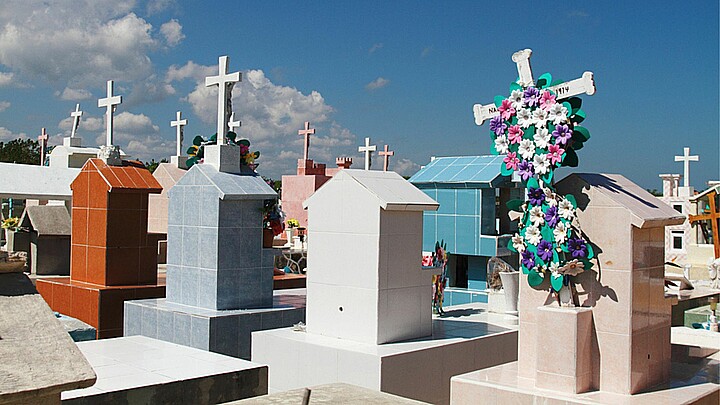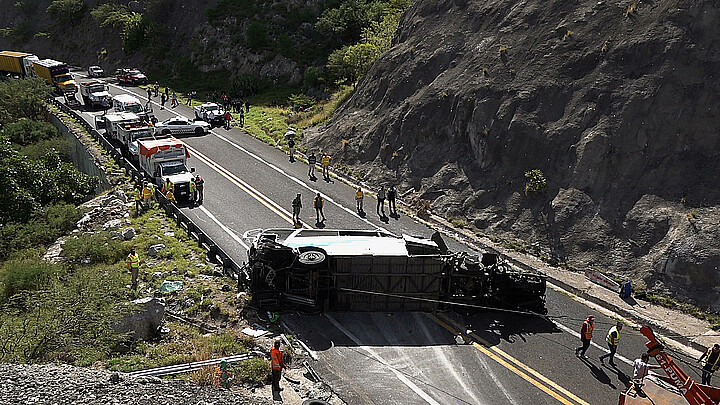Trending
Mexico's Caribbean beaches might see largest algae invasion since 2018
Mexico's navy is currently trying to gather the sargassum spotted at sea before it reaches the beaches
May 2, 2022 2:15pm
Updated: May 2, 2022 4:22pm
Mexican authorities are preparing for an “alarming” of sargassum, a foul-smelling brown algae that is starting to pile up on the country’s Caribbean beaches. The arrival of the algae comes as tourism in one of the most visited vacation spots in the country is starting to recover and reach pre-pandemic levels.
“In the last few days, there have been amounts washing up, and in places, that I didn’t see even in 2018,” said Rosa Rodriguez Martinez, a biologist in Puerto Morelos.
The algae has been spotted floating around at sea, leading subject experts to believe that this year’s sargassum invasion will be just as bad or worse than 2018, when the white sand beaches were covered in the algae.
"We can say the current situation is alarming,” said Navy Secretary José Ojeda.
Mexico’s navy is currently trying to gather the sargassum spotted at sea before it reaches the beaches. However, with only 11 boats operating on this mission, they have become overwhelmed with the number of algae they have spotted.
In 2020, the Mexican navy as able to collect only 4% of the algae spotted at sea. The other 96% ended up at the Caribbean beaches. In 2021, the navy as only able to collect 3% of the sargassum at sea, and in 2022, only 1% has been collected.
Authorities worry that the sargassum washing up on the beaches can badly affect the tourism in the area, which is just starting to recover. Hotels and restaurants in tourist cities like Cancun, Playa del Carmen, and Tulum are barely recovering from the drop in tourism seen throughout the Covid-19 pandemic.
According to the Governor of the state of Quintana Roo, Carlos Joaquin, 2022 has received around 3.54 million travelers; that is, 1.27% higher than in 2019.
The algae “has definitely affected us, it has affected our image on the domestic and international level. Obviously, not just visually, but in terms of environmental damage and pain,” said Sergio Leon, former head of the state’s employer’s federation.
Large amounts of sargassum also have a health toll on the area’s residents and on the environment and ecosystem.
According to the Sargasse Project, the algae emits hydrogen sulfide and ammonia, which causes headaches, nausea, vomiting, and vertigo. Furthermore, a large invasion of sargassum can cause the death of certain marine species and coral reefs.
“Where I am, I’m about 50 meters (yards) from the beach and the smell is very unpleasant,” said Rodriguez Martinez. “Right now my head is hurting and another friend said her head hurts, and I said it must be the (hydrogen) sulfide gas from the sargassum, no?”
“This results in major environmental, economic, and health problems, which should concern all of the populations confronted with this phenomenon, as the invasion by this toxic seaweed seems to extend throughout a wider area than ever before,” added the Sargasse Project.










